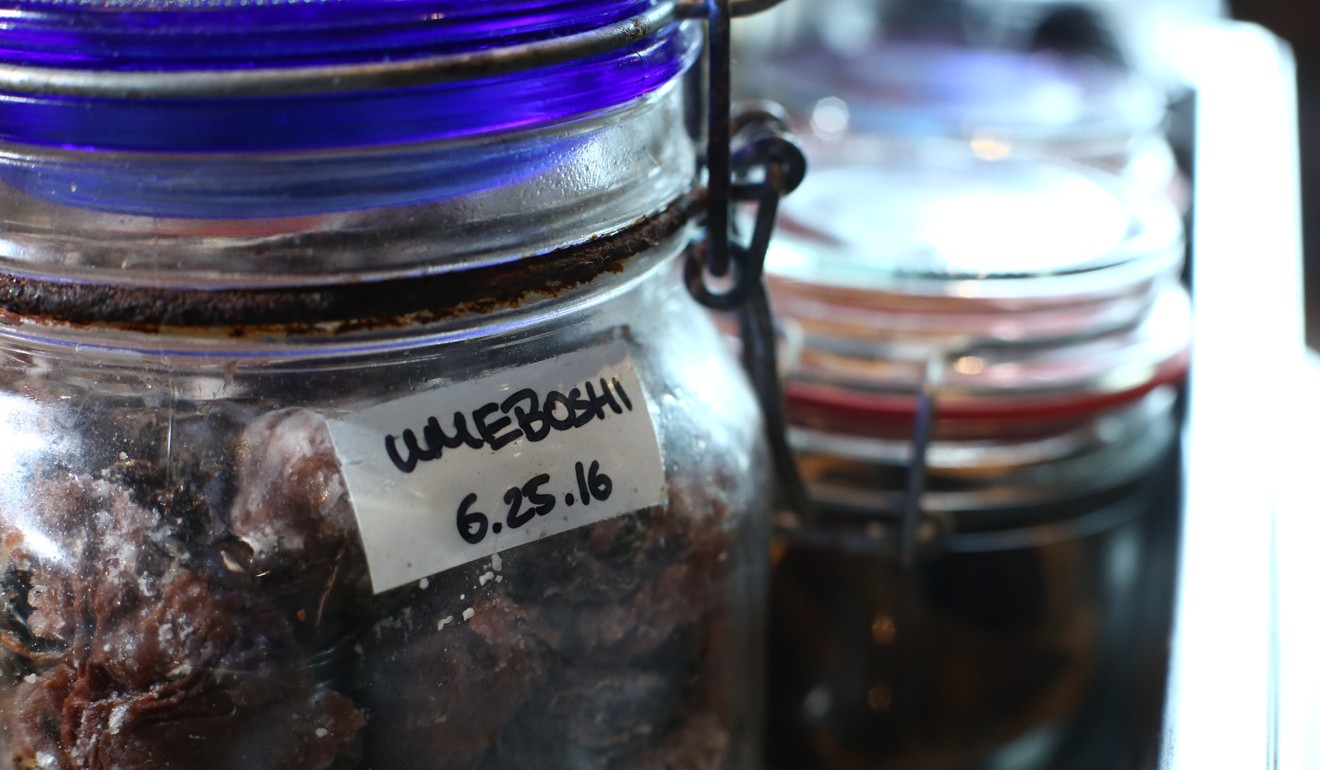
Michelin-star Hong Kong chef’s secrets: be flexible and make the most of what is fresh
Chef and owner of VEA restaurant, Vicky Cheng loves premium produce cooking at home for his family, but admits that Korean spicy instant noodles are his guilty pleasure
In 2011, 25-year-old Vicky Cheng arrived in Hong Kong with no job and no plans. With the excuse of renewing his Hong Kong ID card, the young chef – who grew up in Canada and had trained at Toronto’s Auberge du Pommier restaurant and under Daniel Boulud at his eponymous New York eatery – had returned to his city of birth. He was quickly snatched up by the Liberty group, where he helmed three restaurants.
Always buy what’s fresh. Be flexible [...] You need to change your game plan based on what the freshest ingredient is, and what’s seasonal
Working hours are long for the chef and restaurant owner, but Cheng insists on cooking at home as often as possible.
“In the morning, I cook for my wife and daughter,” he says. “I also cook at home every night after service, usually around 1am. I try not to smoke up my house at nighttime, so I don’t do much pan-frying. I find myself making a lot of seafood. With something fresh, you can just steam it or boil it, and pair it with a sauce.”
Cheng visits wet markets every morning to seek inspiration, and to pick up ingredients for his restaurant and home.
“Always buy what’s fresh. Be flexible,” the chef advises. “It makes no sense if you want to make a dish with a fatty fish, but that particular fish is not fresh today and you go for it anyway, while next to it is a leaner fish that’s 10 times fresher. You need to change your game plan based on what the freshest ingredient is, and what’s seasonal.
“When presented with a premium ingredient, you do less to it. If the quality is not as good, then you have to think how to apply more work to make it a beautiful dish.”

As in many Hong Kong households, Cheng has the pantry staples of scallions, ginger, garlic, chilli, shallots and onions.
“As long as I have these aromatics, I can just buy a main ingredient – any seafood, meat or vegetables – and make something good out of it,” he says. “To me, that’s the flavour of Hong Kong. You may not taste them, but they are always in the background.”
A frequent traveller for his work, Cheng’s most recent trip was to Colombia.
“I was there for Nespresso, as one of their ambassadors,” he says. “I brought back the husks of coffee beans. Through fermentation, the shells of the [coffee beans] get removed. They call it parchment coffee. This usually goes to compost or for burning fuel. I’m not sure what I’m going to do with them yet, but they have the aroma of coffee and look like oatmeal. I want to experiment with whether I can grind them into powder and turn them into porridge, or dehydrate them and make them into chips.”
Wherever I go, the first stop is usually the markets. That’s where you can immerse yourself in a culture and not just a tourist destination
The VEA team are encouraged to bring back interesting ingredients when they travel, to fill up the restaurant spice jar.
“When I went to Santorini [in Greece], there were pistachios everywhere,” says Cheng. “Raw pistachio is very citrusy. We’ve dried them and sometimes grate them with a Microplane. We use it like nutmeg.”
Also lining the shelves opposite the open kitchen counter at VEA are large glass jars filled with preserves. Cheng has just made a big batch of preserved whole fruits, including limes and kumquats, and is working on another batch using calamansi from the Philippines. The result is tangy, sweet, with a hint of bitterness coming from the softened skin of the fruit.
“Wherever I go, the first stop is usually the markets. That’s where you can immerse yourself in a culture and not just a tourist destination,” Cheng says. “I’m more interested in the local culture and flavours, and things locals buy for their homes.”
How Hongkongers can make sure fruit and veg they buy isn’t low in nutrients
Fruit plays an important role in Cheng’s diet. “Juices are a big part of my breakfast,” he says. “My favourite right now is with guava and green grape. So fragrant and sweet.
“A piece of kitchen equipment I cannot do without is my slow-press juicer. To extract flavour, you can use any juicer. But to extract viscosity and grind out the thickness of each fruit, you need a slow-press juicer.”
When asked about guilty pleasures, Cheng has no hesitation. “Shin Ramyun,” he declares. “These Korean spicy instant noodles are something I never get sick of. I’m trying to eat less carbs now, so I don’t eat it much any more. But sometimes I will cheat.”
Any instant ramen cooking tips?
“A lot of people, including my family, cook the noodles in plain water, then add the soup packet to the water. I add the soup packet first, so I’m cooking the noodles in a flavourful broth,” he says. “By the time the noodles are cooked, the soup will have been absorbed by the noodles [and the flavours will therefore be stronger]. I always add a half-beaten egg. I push the noodles aside, scoop the egg in and let it sit for a bit before a light stir. And I cook the noodles al dente.”
